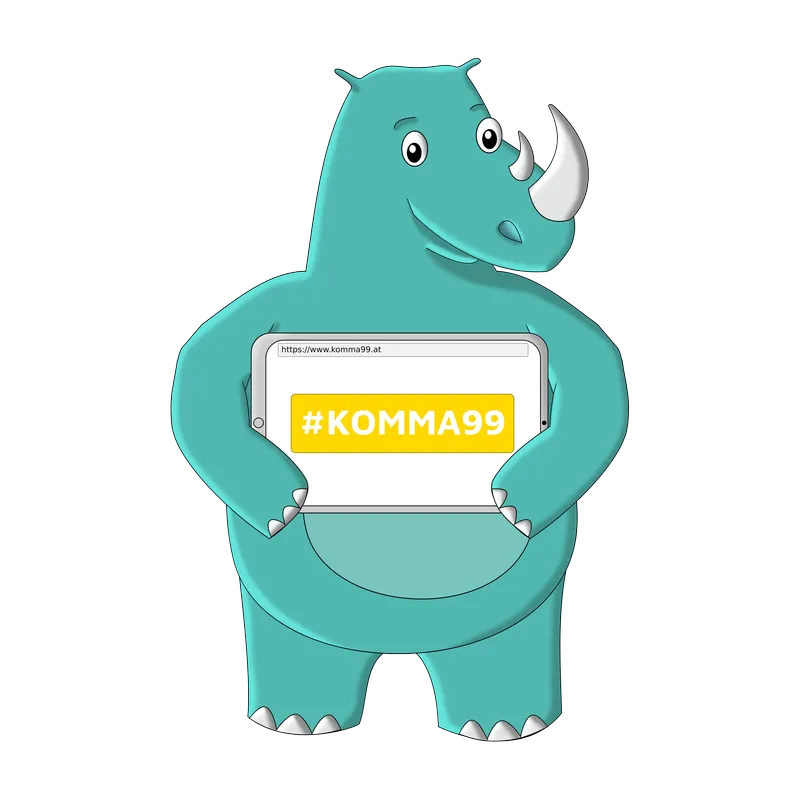User signals in SEO let you identify the behavior of a user on a website for the search engines.
What are user signals?
In search engine optimization (SEO), user signals are all signals of a user, which can be concluded by different indicators of the behavior of a user on a website. The bottom line is always to detect through the user signals, whether a user is satisfied with the search result.
In search engine optimization, the user signals, in addition to the content, technical criteria and backlinks, have emerged as fourth pillar. The difficulty lies only in the correct interpretation of the signals. Because the traffic that you generate on your website, you want to keep and in the best case, of course, win new customers.
What are user signals useful for?
The exact composition of the Google algorithm is and remains a mystery, even if one knows a few decisive factors. It is still controversial whether and with what weighting user signals influence the Google ranking. It is certain that Google wants to offer the user the best possible search experience. The user signals are important, however, to recognize the satisfaction of the user with the content of the website.
What are the types of user signals?
The different signals also say different things - the correct interpretation is crucial:
The dwell time
The dwell time of a user or also "Time on site" called, says something about the time a user spends on the website. The longer a user stays, the more interesting the content of the website seems to be. Basically, this is a good sign for Google.
The dwell time can be extended for example with the help of videos or images, but you must remember that Google can not read these elements. You can help Google understand the content with image and video descriptions, but this does not replace text. The correct balance between textual and visual content is important for the optimal dwell time of the user on the website and is subsequently a good signal for Google.
Bounce rate
The bounce rate signal makes clear how many visitors have left the website again without clicking on further performance pages or following internal links. This can mean that your website or content was not interestingenough to keep the user or that his problem or question was answered quickly.
An increased bounce rate is not unusual.
Return-to-SERP rate (RTS rate)
If the user continues to browse the Google search results (SERP) after being on the website, Google tends to evaluate this negatively, since Google must assume that the user did not get the desired answer - This is exactly what the return-to-SERP rate says.
CTR (click-through rate)
This is the ratio between the appearance of the website in an organic search (an impression) and the click on this website. This rate makes it clear whether, due to an ad or the SERP snippet, interest was aroused in the user. It is said, the higher the click-through rate, the better it also affects the Google ranking.







